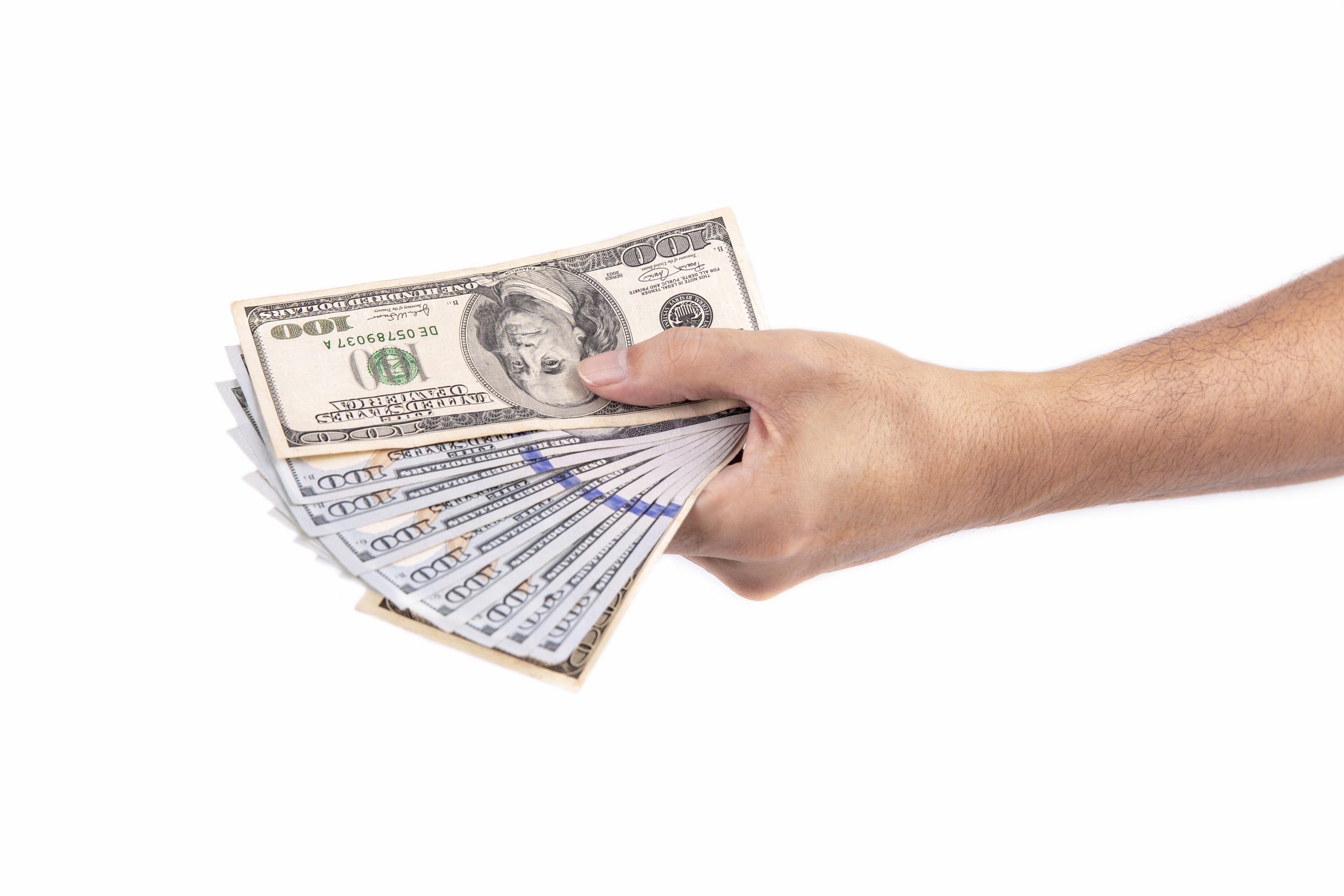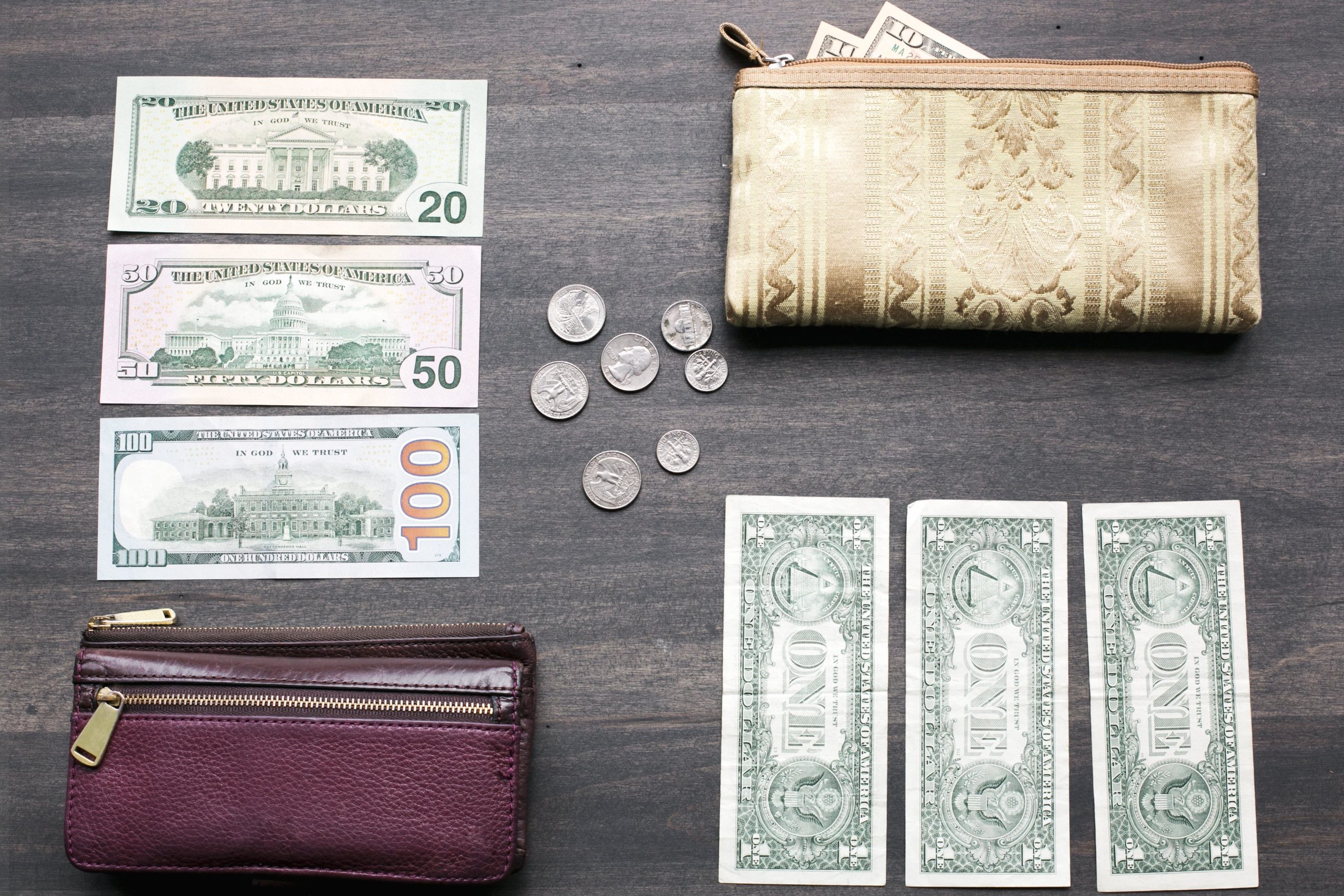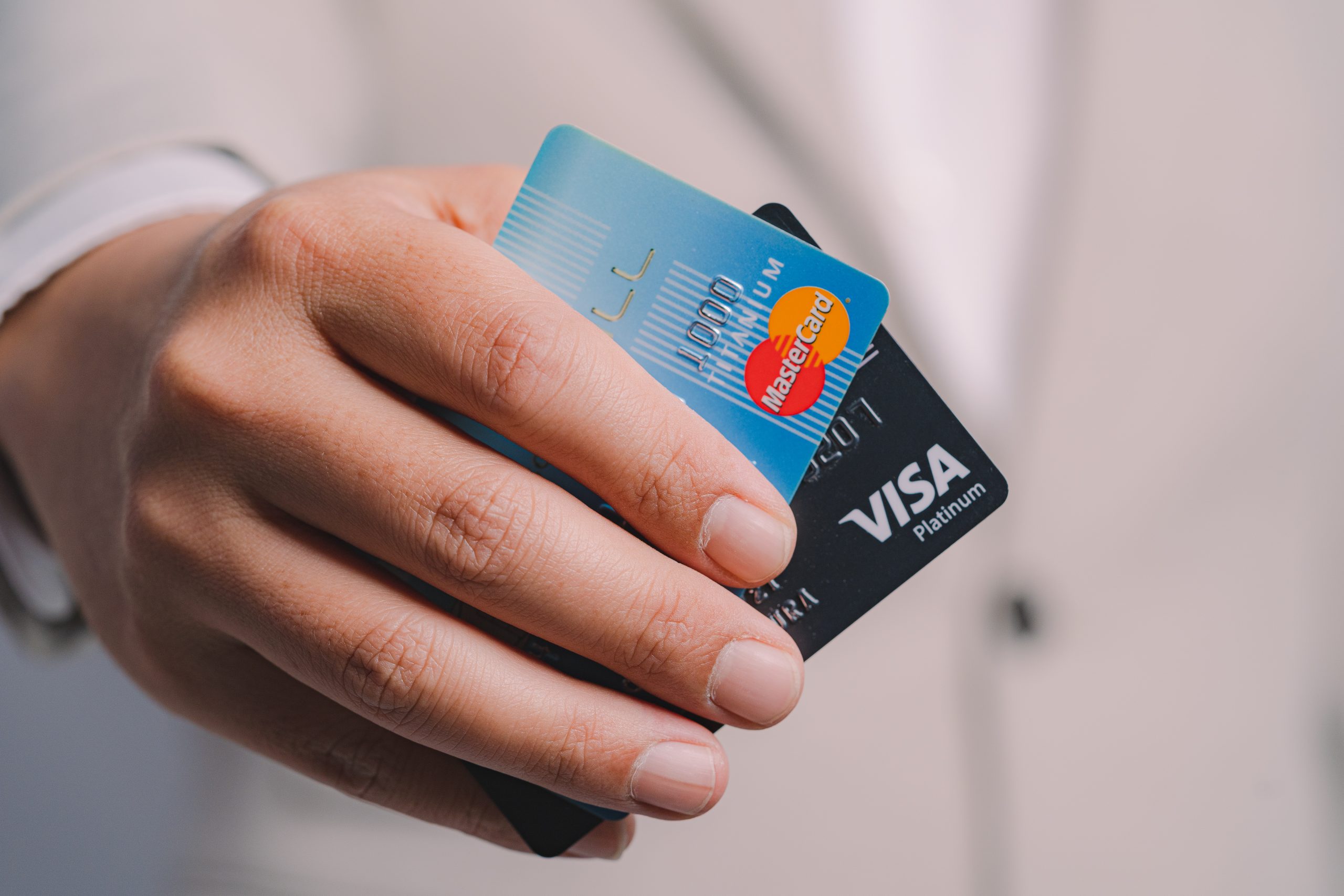How to Utilize Influencer Marketing to Create a Broader Following on Social Media
Influencer marketing is one of the most common and effective practices under social media marketing and consists of hiring individuals or influencers that have a specific and loyal following in order to reach the desired audience. There are many types of influencers in several industries, and their followers can be identified from thousands to millions.
Although Instagram might still be among the top advanced platforms for influencer’s marketing, TikTok, YouTube, and Twitch are also potent and can be used to capture wider audiences. Influencer’s in the social media influencer market put into publicity different products and services, whether skin care, shoes, clothes, through Instagram stories or long YouTube ads.
Influencer marketing not only helps organizations broaden their presence in the social media space but also reinforces the business image and reputation. In this article, the practices of influencer marketing will be analyzed and practical steps aimed at enhancing social media interaction will be offered.
Defining Influencer Marketing
Influencer marketing involves the use of different social media platforms and the distribution channels of a company in order to make use of the social influencers in marketing a brand, hence seek to pull traffic as well as brand the product and its messages. Furthermore, influencers are online content creators who use social media, and mostly have their followers in one or more focused areas.
The selling potency of followers can be enhanced by narrating their engagement with the brand’s product offers by these influencers. Since such followers trust the likes of such influencers, this type of promoting endorsement acts as a social proof and demonstrates how brands are able to reach wider audiences.
Reason Why Influencer Marketing is Important
The influencer marketing business is forecasted to reach 16.4 billion US dollars in the year 2022. The revenues from social commerce sales are expected to rise to roughly around 958 billion dollars. Also, the emergence of new influencer marketing platforms, agencies depicts its increasing relevance.
Targeting social media has become an easier thing due to the fact many active social media users are growing. If any positive information about your brand is put across by these influencers then they create trust on wider circles and therefore more strong brand and customer loyalty is achieved.
The development patterns of Influencer Marketing
It was about 3 to 4 years ago that the brand owners used to embrace platforms like Instagram and stand out among competitors. This was usually more attractive with respect to making high-quality posts. Off late, however, the social media market is very crowded and marketing has become hard.
Visual trends are changing rapidly, which makes it difficult for brands to stand out in terms of how they communicate. As of 2022, the trend seems to be moving towards more organic, casual and realistic posts unlike the once rampant clean DLSR photos. Still, it is not easy to determine how long these trends will stand.
Coverage of Influencers
Although many will first come up with mega-influencers such as the Kardashian-Jenner family, there are several categories of such individuals at various levels of persuasion. A mega influencer is one with over a million followers and such influencers target people with different passions.
Macro influencers who have a following of 500,000 to a million still command a large fan base although they are likely to cover broader subject interests. Below macro influencers on the comprehensive scale are mid- influencers which range from 100000-500000 followers and then micro-influencers which range from 10000-100000 followers and constitute the largest group on Instagram.
Finally, when a social media user is categorized as a nano-influencer, it means that they have less than 10000 followers. Their main work or profession is not influencing, but more often than not, they are less expensive to hire and have a better influence on their target customers.
Leading Channels for Influencer Marketing
While the popularity of influencer marketing on Instagram shows no signs of waning, better influencers are emerging on other channels such as:
- Tiktok
- Youtube
- Twitch
- Snap Chat
- Blogs
Each of these platforms has a specific population and is used for a different purpose. For instance, Instagram is a go-to platform for fashion content while it is TikTok that appeals to the younger generation particularly when brands like Netflix and Starbucks are being mentioned. Content that is centered on video games, which might do not so well on Instagram or TikTok, the brands Clover and Youtube suit better.
Most Common Types of Influencers
Some verticals are more prominent and competitive on social media than others. The first place is occupied by lifestyle content, then beauty and music. In particular, these segments are images and short videos-prone.
In respect to influencers, in 2024, the most used:
- Lifestyle,
- Beauty,
- Music,
- Photography,
- Family,
- Humor and fun,
- TV shows,
- Modeling,
- Cinema and actors,
- Fitness and gym,
How Influencers Are Paid
There exists a huge variation in the remuneration paid to influencers depending on their number of followers, the content that they make and the niche. Initially, advertisers would give their products free of charge but the latest research shows that 34.5% of the influencers are paid in cash.
Celebrity influencers can charge even $1 million per post whereas, at the lower end, a nano-influencer may charge about $100. Mid- and macro-influencers may engage in agencies whereas nano-influencers normally have more flexible terms and payment arrangements.
Creating a budget and a management structure
An influencer marketing is about real work and the budget must incorporate the costs that will, in one way or the other, be related to compensating influencers and campaign coverage. Intermediaries play a significant role as well, as they are often engaged in various projects at once and might not meet the expectations in terms of timeliness and accuracy of posts.
Brands tend to design ambassador programs for content creation to avoid influencer discontent whereas, bigger brands may opt to work with influencer marketing agencies to ease the work.
Defining your goals and metrics
The very first thing that should be addressed when planning any influencer marketing campaign is its aim. Potential objectives include attracting new clients, raising a product’s cut-through, increasing revenue, or fostering brand loyalty.
You will also have to identify the specific metrics which you would need to measure the success of your campaign. Some important metrics to assess may include:
- Boolean = false How often do people mention, share and create media for the brand
- How quickly does the brand grow its audience
- Social media portes
- Competitors voice share
- The client engagement rates
Buyer Persona Definition
In order to make sure that your influencer marketing strategy reaches the appropriate audience, it is imperative that you do not use the wrong influencers. Working together with your marketer will enable you to find a perfect influencer and a perfect platform for your campaign that targets the interests of your audience.
Recruiting the Appropriate Influencers
After fixing your campaign’s goal and maybe your budget, the next step one should take is looking for customers of the brand that match the type of image that the brand wants to portray. Avoid looking at figures only in regards to the number of followers, instead pay attention on the type of content the page bears and the interaction and engagement from the audience. Another factor to keep in mind is if they have worked with the competitors before and how well they engage with your ideal audience.
Benefits of Influencer Marketing
One of the remarkable influencer marketing stories is the collaboration between Bubly Sparkling Water and the famous Canadian singer and songwriter Michael Bublé in 2019. This campaign, which featured special dedicated content and contests, caused up to 12 billion impressions across all platforms within a year of its launch.
Another example is the Subaru’s #MeetAnOwner campaign which included the participation of Youtube star Devin Graham and managed to reach the millennial target audience through active leisure promotion.
Software For Influencer Marketing
The infusion of software for influencer marketing simplifies the campaign management process by performing a number of functions: identifies the required influencers, scales tedious processes, and reports on results in real time. Some of the commonly used applications include:
- Ambassador
- Grin
- CreatorIQ
- Klear
- Upfluence
- #paid
- Refersion
- Aspire






